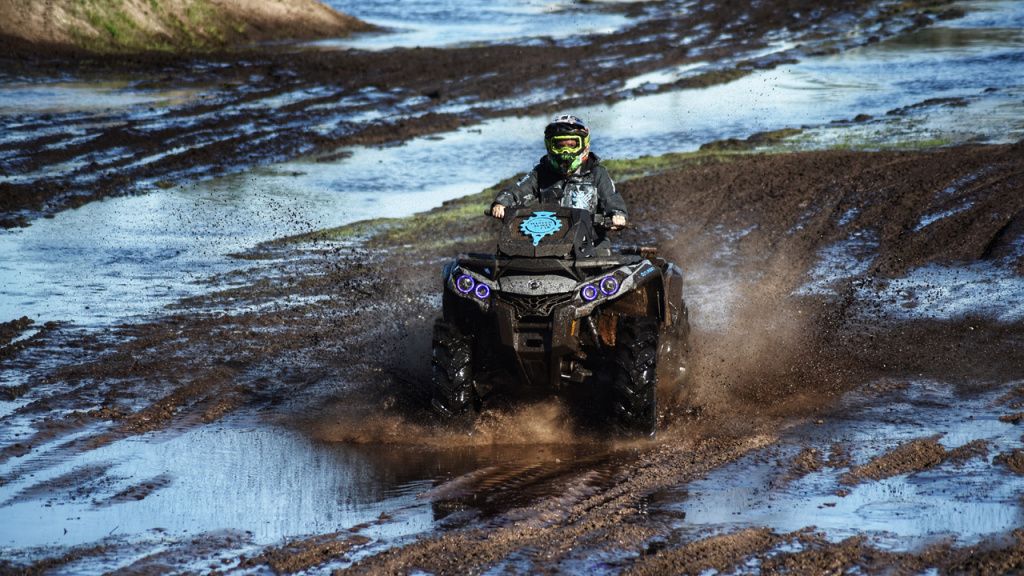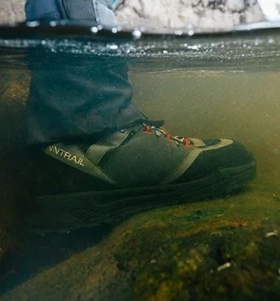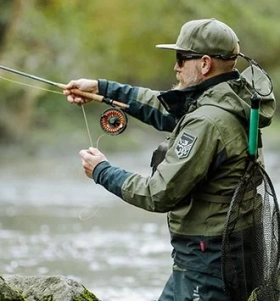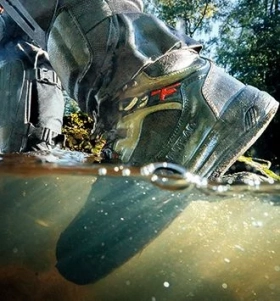Do you Need a GPS Tracker on Your ATV?
GPS trackers are one of those inexpensive and easy-to-install devices that every four-wheeler should have. Using global positioning satellites, a GPS tracker can be used to locate your vehicle wherever it is in the world. Modern GPS trackers also offer a host of other features and advantages.
How do real-time GPS trackers protect your ATV from theft?
GPS trackers (or geo-tracking units) are relatively simple units that are securely installed on a vehicle. They determine the location of the vehicle using triangulation from global positioning satellites.
Additionally, the GPS tracker includes some way to forward the location of the vehicle to a central server. This is usually a GSM/GPRS/CDMA/LTE modem like those found in a cell phone, but some GPS trackers use globally-available satellite technology so the vehicle can be tracked anywhere in the world regardless of cell phone signal.
How GPS trackers can be used to reduce the problem of ATV theft is clear. While trackers don’t usually deter theft, they do make the recovery of stolen vehicles much simpler. If your ATV or UTV is stolen, as long as it has a GPS tracker installed you can instantly see where it has been taken. This information can be passed to the police who can apprehend the thief and return your vehicle.

Choosing an ATV GPS tracker
ATV GPS trackers often have a monthly or yearly fee to pay for cellular costs. It’s worth weighing up the lifetime cost of any GPS trackers you’re considering, as the cheapest GPS trackers sometimes have higher ongoing fees, quickly making it more expensive to own them in the long run than if you’d spent a little more upfront.
Besides ensuring you buy a rugged GPS tracker that will be easy to install on your vehicle, it’s good to buy one that is easy to conceal and can’t be easily removed from the vehicle. A solid mounting kit is a must.
Apart from this, you may want to consider any extra features that the GPS tracker offers. If you have multiple vehicles, it’s great to choose a tracker that will show where they all are on the same map in real-time. When managing a farm, for example, this can be a great boon.
Many GPS trackers allow you to set custom alarms. For example, you can get an alert whenever the vehicle begins moving. Or, you can set up geofences that will alert you as soon as your vehicle leaves a preset area. If you’re monitoring other people, you can be alerted when the ATV/UTV goes over a certain speed, useful for keeping those younger riders in check.
For safety, some GPS trackers have an SOS button mode that will send an alert to a phone or an SMS to a preset number when the button is pressed. As the exact coordinates of the location are sent alongside the alert, this can be a useful safety precaution for riders that head out into the wilderness on their own.
How to install a GPS tracker on your ATV
GPS trackers typically come with a mounting kit with screws, alloy wrench, bracket, and install instructions. GPS trackers are usually powered, but every tracker has a slightly different installation process.
Usually, the process involves finding a secure spot on your ATV or UTV. You may need to drill a few holes for the mounting bracket. The GPS unit will mount onto the bracket. Note that in most cases you need to ensure the GPS unit is facing up so that the signal can be received from the satellites.
Power comes from the UTV or ATV battery, though some trackers instead use their own batteries and a separate charger. The GPS tracker can be connected to any of the power cables; just make sure it’s not connected via a switch as you always want power to be available. You’ll need to hook it up to the ground and live power. Once connected, you can head to the tracking app to check your ATV’s location is now available on the map.
Overall, GPS trackers are simple devices that perform an important purpose. Protect your vehicle from theft by installing a GPS tracker that always shows you where your ATV or UTV is.









